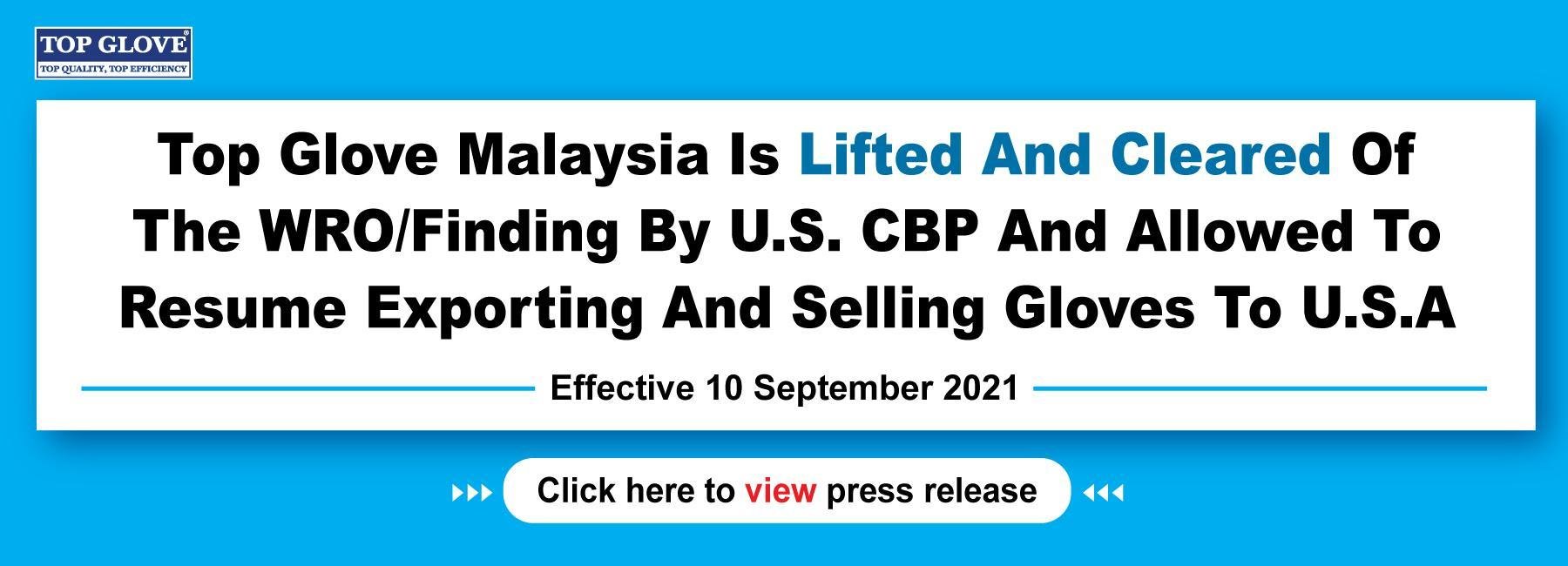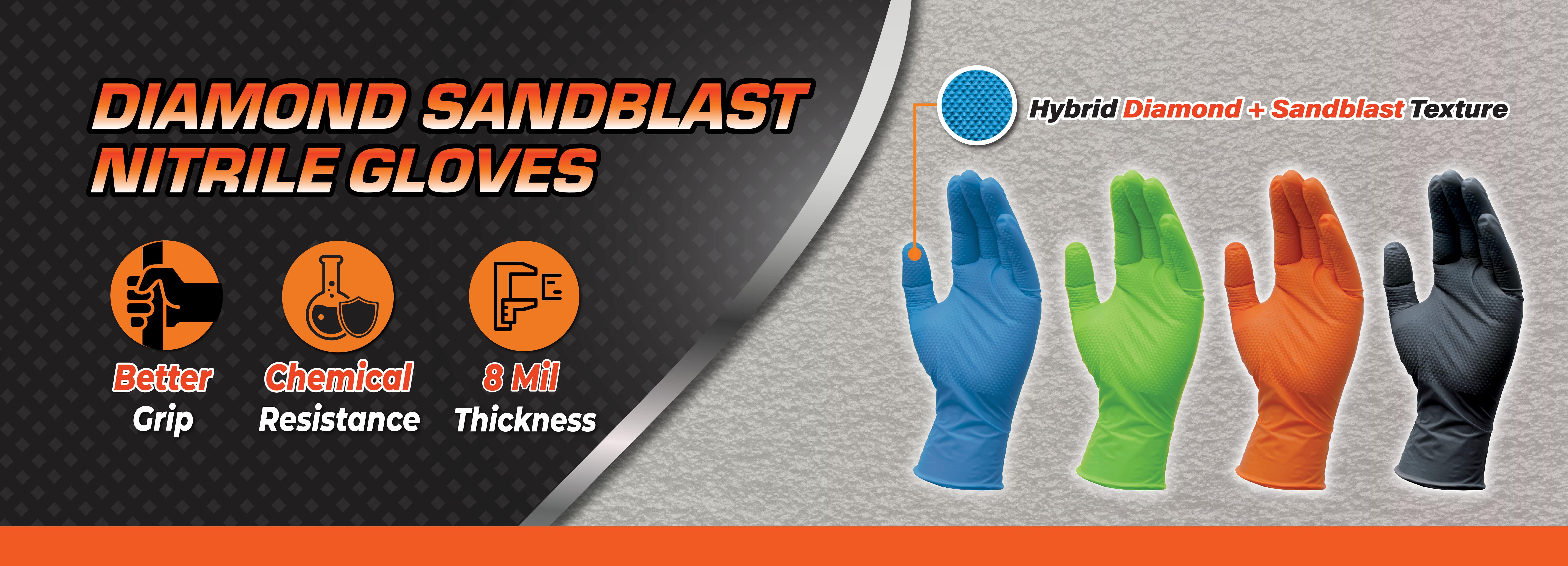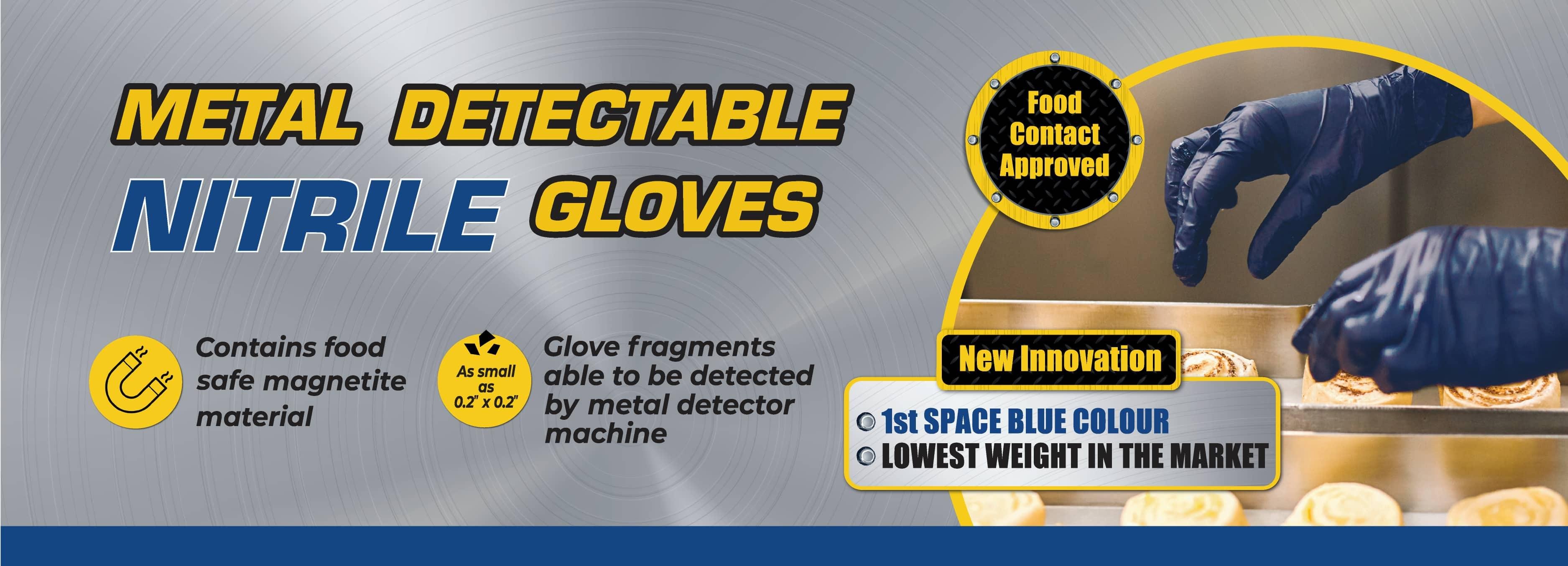TOP GLOVE UPBEAT REBOUND IN THE INDUSTRY
01 October 2022 / 12:10
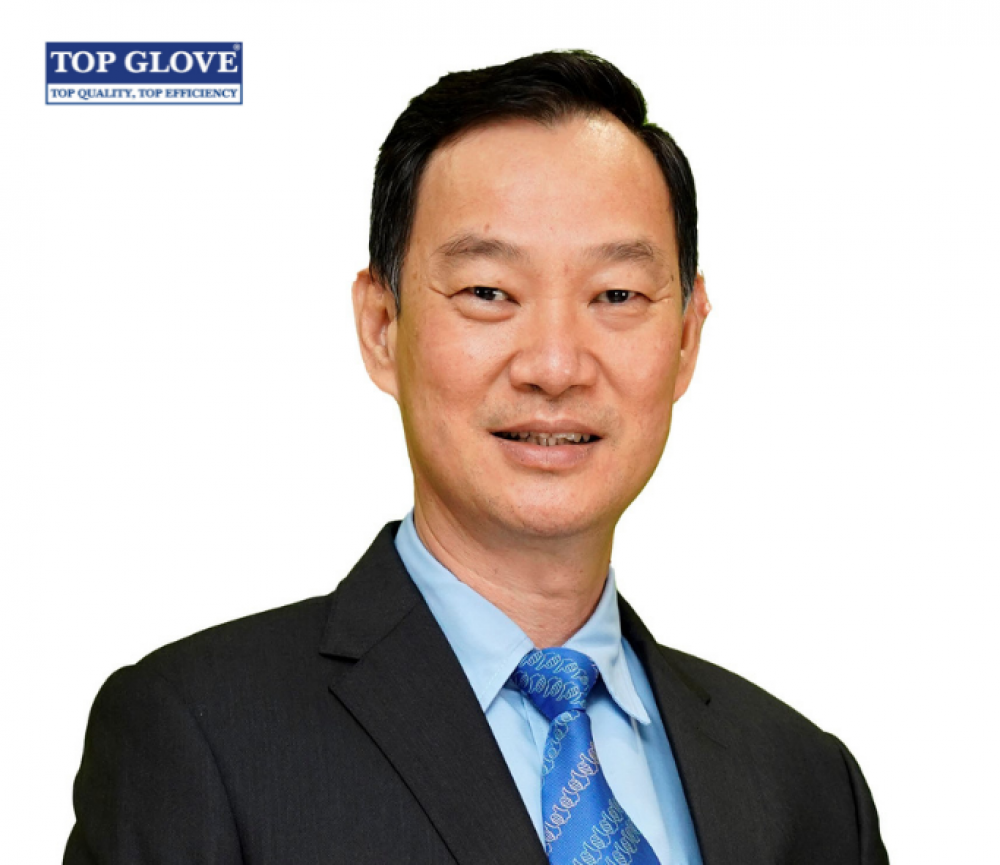
THE challenging business environment in the glovemaking industry, due to a supply-demand imbalance, may persist for at least a year, says Top Glove Corp Bhd managing director Lim Cheong Guan.
“We foresee that the present oversupply situation will persist longer than previous pandemics, likely for a year.
“Demand is not strong presently, as our customers have stocked up on gloves during the pandemic and are still utilising their stockpile.
“For example, hospitals have more stocks which they are still depleting and are not buying from our customers at the moment, directly impacting our sales,” Lim tells StarBizWeek via email.
He says the current supply-demand imbalance will take time to equilibrate, as based on Malaysian Rubber Glove Manufacturers Association (Margma) data, the utilisation rate for most glovemakers is only 40% to 50%.
“However, once glove stocks deplete, and restocking activity resumes, the market will stabilise and be better positioned to absorb the additional supply from new capacity,” says Lim, who was redesignated as the group’s managing director (previously executive director) effective since Aug 1, 2022.
Lim’s predecessor Datuk Lee Kim Meow was redesignated as non-executive director upon him completing his employment contract.
Lim opines that the current situation is not a true reflection of actual glove demand, which is higher and expected to grow by 10% per annum (projected by Margma), following an increase in awareness and usage post pandemic.
“As the temporary oversupply situation has distorted the demand supply mechanism, the market will take some time to rebalance. However, longer term industry prospects remain promising as gloves are an essential item in the medical sector and also a disposable item, which means demand is recurring,” he says.
According to its website, Top Glove, the world’s largest glove manufacturer, was set up in 1991, and presently has a 26% global market share for rubber gloves, and operations in Malaysia, Thailand, Vietnam, China, United States, Germany and Brazil.
Top Glove exports to over 2,000 customers in 195 countries.
The group had ended its 2022 financial year (FY22) on a final-quarter loss.
For FY22, Top Glove reported a RM235.97mil net profit, which was a far cry from the RM7.71bil net profit in FY21, as revenue contracted to about a third at RM5.57bil.
Lim says the current situation is the most challenging the glove industry has faced over the past 17 years.
However, he points out that the glove industry saw an even bigger challenge when it first started in the 80s.
After the human immunodeficiency virus/ acquired immunodeficiency syndrome or AIDS pandemic receded, there were some 250 small players, all about the same size, which meant competition was far more intense.
“However, the industry emerge stronger and more efficient after going through a period of consolidation, during which the weaker players dropped out.
“We are optimistic the glove industry will demonstrate the same measure of resilience during this temporary downcycle and rebound in due course,” he says.
On his 17-year career with Top Glove, Lim recalls that when he joined the group in 2005, its factory 10 had just commenced production.
“Fast forward to today, there are 50 factories in operation. The group continues to grow by leaps and bounds, under chairman Tan Sri Dr Lim Wee Chai’s guidance with the strong support of all the Top Glovers.
“We are also happy to see the investor base has grown since then, with many local and foreign institutional investors, as well as retail.
“The teamwork and commitment from all Top Glovers have been a daily motivating force, inspiring me to keep moving forward,” he says.
To navigate the challenging period, Top Glove will review its business expansion plans, and focus on optimisation of manpower and operational efficiency, as well as cost rationalisation.
“As long as there are no structural changes to the industry, such as the emergence of a viable replacement for gloves, this temporary challenge is part of the business cycle which we must go through,” he points out.
Top Glove has deferred all capital expenditure for new capacity for 2023 to 2024, in view of lower utilisation levels.
Lim points out that the group is rationalising its facilities, by focusing on more efficient factories and refurbishing older lines.
“Our focus is on enhancing in-house capacity, such as our surgical glove sterilisation plant, chemical, former (hand mould) and upgrading existing glove factories, for which we will invest RM400mil to RM500mil per annum. In addition, we continue to work with our suppliers to ensure more cost effective procurement and a win win outcome. Our key focus for the immediate term is to conserve cash,” he adds.
As for China’s glovemakers, Lim says they are strong new entrants.
“Through their penetration pricing strategy, they have managed to gain a foothold and disrupt the market mechanism, resulting in the industry having to go through this period of rationalisation,” he explains.
Based on Margma’s data, Malaysia remains in the dominant position, making up 60% to 65% of the global market share for gloves, while China makes up 20% and Thailand, 10%.
“After the pandemic, some customers may outsource some supply to Chinese manufacturers, to diversify the risk of concentration. However, with Malaysian manufacturers upgrading social compliance (measures), this will overcome customers’ labour related concerns,” he says.
Lim is also confident that once the market stabilises, it will be more reflective of actual demand which is still growing steadily and better able to absorb the additional supply from Chinese entrants.
Malaysian glovemakers have key advantages such as being well established players with decades of experience, a geopolitical landscape that is more neutral and stable, as well as better cost benefits such as natural gas tariff which is 70% cheaper versus China. “In addition, Chinese imports by US-based customers are subject to a high tariff,” he says.
As for the continuous decline in glove average selling prices (ASPs), Lim says during challenging times, there will be occasions when gloves are sold at a loss, which is determined on a case-by-case basis.
“Orders may be taken albeit at a loss, to secure cashflow contribution,” he says.
Lim is optimistic that the ASPs will return to pre-pandemic prices eventually, as the temporary lower demand will be overcome once the glove stockpile has been consumed, while supply will reduce as manufacturers defer their expansion plans.
He also expects the glove industry to see further consolidation.
The Star
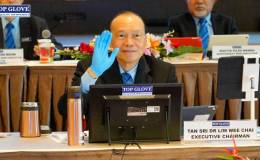

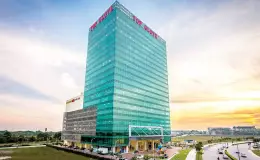
-cropped.jpg)

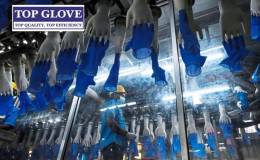

.jpg)
 (1).jpg)

.png)
.png)
.png)
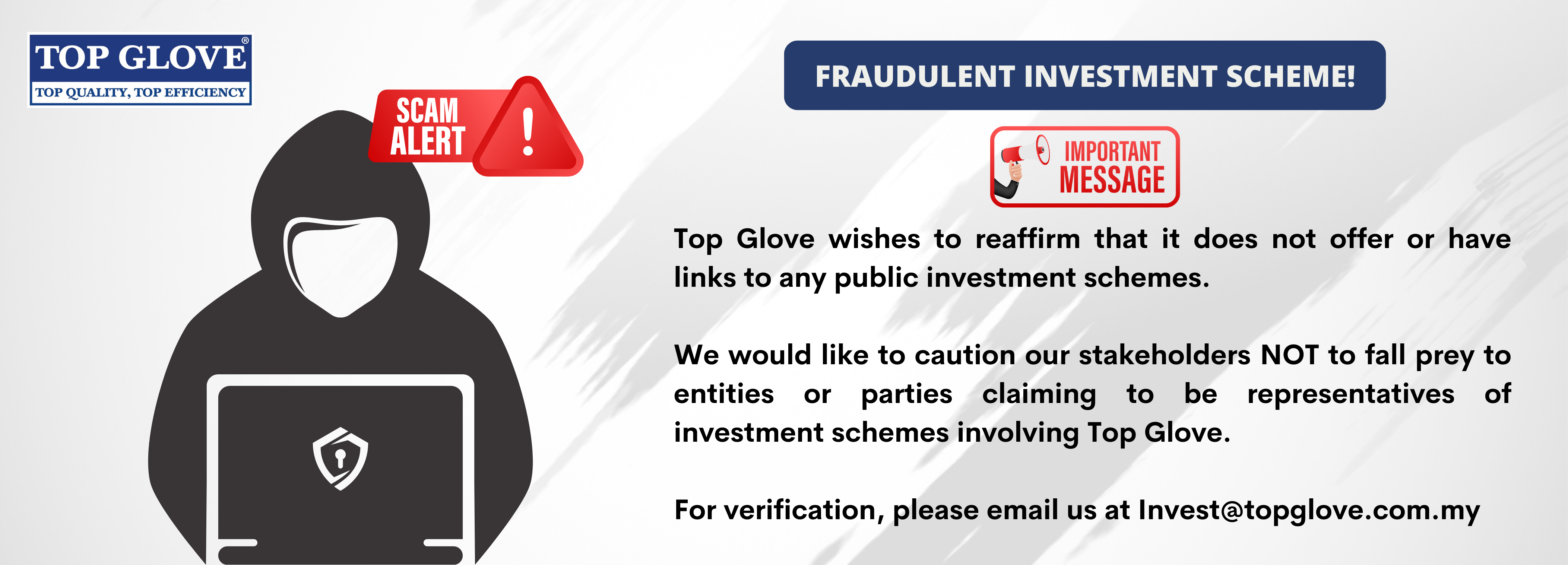
.png)
.png)
.png)
